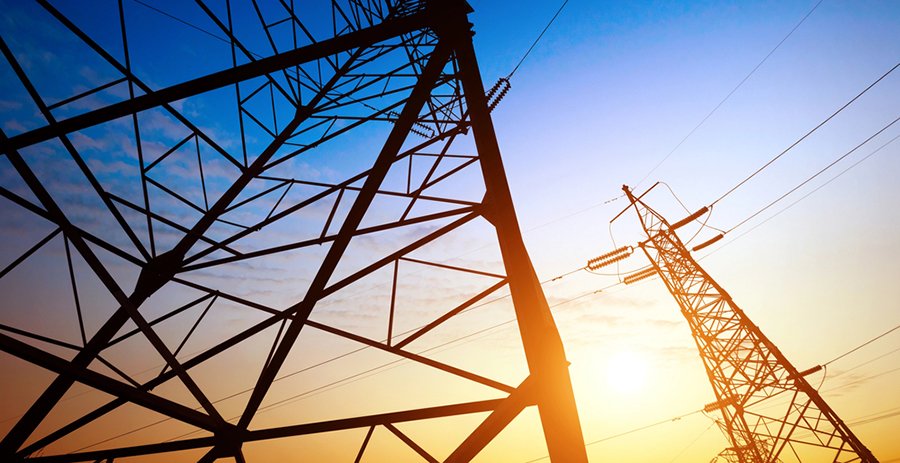acc
Rampant Corporate Greed and Cushy Commissions Threaten Ratepayers’ Future

Rampant corporate greed, combined with insufficient oversight, has compounded the difficulties faced by Arizona’s ratepayers. Arizona Public Service (APS) reported a staggering $1.1 billion increase in collections compared to 2022, following significant rate hikes in 2023 and 2024. Meanwhile, Tucson Electric Power (TEP) enjoyed a 33% profit surge after implementing a 10% increase in August 2023.
APS is now seeking an additional $580 million and a 14% rate increase, while TEP aims for $172 million more. These moves suggest a troubling trend of yearly escalations, threatening the financial stability of many customers.
While APS claims that its substantial rate hikes are essential for growth and grid reliability, doubts linger. CEO Ted Geisler’s assertion that “growth pays for growth” appears increasingly tenuous. Current requests from data centers could exceed APS’s total energy allocation, raising concerns about grid stability. Despite a notable 9% rise in average commercial energy usage, residential consumption has declined by 1%, putting an unfair burden on households, which are absorbing higher rate increases compared to industrial customers.
Residential rates surged by 7.4%, over double the increases seen for non-residential users. In stark contrast, industrial rates fell by 1.8% while commercial customers faced only a 3.5% rise. Homeowners are effectively paying peak rates more than three times higher than the deals offered to data centers, which often sidestep APS’s high costs for cheaper options.
The claim that rapid growth necessitates soaring prices masks a deeper issue: the need for accountability. APS’s narrative ignores the fact that Arizona ranks 7th in total energy costs, stringently contradicted by assertions from its corporation commission about having the second-lowest rates in the nation. APS is consistently more expensive than 38 other states, whereas Salt River Project (SRP)—a utility operating without such regulatory constraints—holds some of the lowest rates in the Southwest.
In 2024, APS’s rates were a staggering 25.4% above SRP’s, costing customers an additional $1 billion annually for similar energy usage. APS and TEP’s proposed 14% increase signals a shocking disparity, putting APS prices potentially 40% higher than SRP’s for identical commodities. SRP’s better performance as a nonprofit utility illustrates that affordability and reliability can coexist, but addressing corporate greed is essential.
The ramifications of monopolistic practices and lenient regulation have been grave. In 2024, APS disconnected power from 46,000 customers—twice as many as in 2021—and wrote off $33 million as uncollectible debt. Previous rate hikes have had deadly consequences; two customers died in connection with shutoffs after a 2017 increase.
Heightened scrutiny is warranted, especially given APS’s considerable resources. With a monopoly valued at $10 billion and significant revenues, the threat of bankruptcy appears unfounded. Yet, chair Kevin Thompson expresses undue concern, casting doubt on the motivations of regulators who seem swayed by monopolistic propaganda at the expense of consumer interests.
The situation calls for urgent attention, as the proposed rate hikes and diminished financial assistance through programs like LIHEAP could adversely affect the most vulnerable populations. The ongoing trend presents a severe challenge for Arizona’s residents, necessitating action from regulators.
Abhay Padgaonkar, a long-standing consumer advocate, has provided expert testimony in support of ratepayers, emphasizing the critical need for equitable energy policies.


















